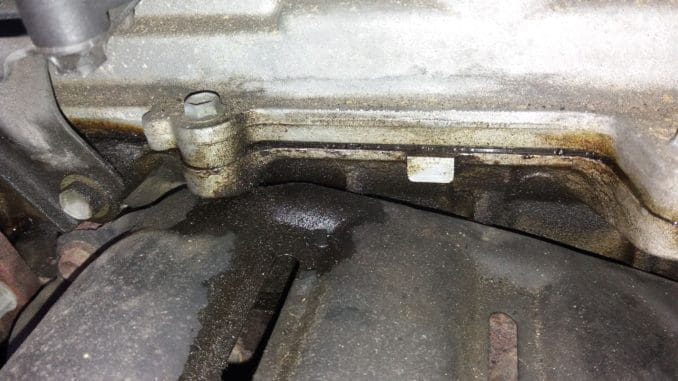Engine maintenance is an essential aspect of vehicle ownership. Among the critical components nestled within the engine assembly is the valve cover gasket. This often-overlooked piece of rubber or silicone is crucial for the effective operation of an engine. In this article, we will explore what a valve cover gasket is, its various designs and materials, its vital function, the potential issues that can arise when it malfunctions, and why regular maintenance is imperative for vehicle longevity.
Understanding the Valve Cover Gasket
The valve cover gasket sits snugly between the valve cover and the engine head, serving as a sealing agent. It prevents engine oil from leaking out while simultaneously keeping contaminants from entering the engine. Designed to withstand extreme temperatures and pressures, the gasket plays a fundamental role in the integrity of the engine’s performance. With a typical lifespan ranging from 50,000 to 100,000 miles, understanding its construction and functionality is vital for any vehicle owner.
Types of Valve Cover Gaskets
Valve cover gaskets come in a variety of compositions, including rubber, cork, and silicone. Each type possesses its unique characteristics:
- Rubber Gaskets: These are favored for their durability and flexibility. Rubber gaskets can often adapt to engine vibrations, maintaining a secure seal over time. They resist wear and tear from oil exposure effectively.
- Cork Gaskets: Traditionally, cork gaskets have been utilized, especially in classic vehicles. While they can provide a solid seal, they are less durable than rubber gaskets and may degrade more quickly when exposed to oil.
- Solved Silicone Gaskets: These are becoming increasingly popular due to their advanced sealing capabilities. Silicone gaskets are exceptionally resilient to high temperatures and offer superior resistance against oil leakage compared to their counterparts.
Understanding the specific type of valve cover gasket installed in your vehicle can aid in determining the best maintenance practices and replacement schedules.
The Importance of a Functional Valve Cover Gasket
The valve cover gasket is not merely an accessory; it plays several vital roles:
- Leak Prevention: One of the primary functions of the gasket is to prevent oil leaks, which can lead to significant engine problems. When oil escapes, it can result in insufficient lubrication, increasing wear and tear on engine components.
- Contamination Barrier: By sealing the engine, the gasket helps keep debris, dirt, and other contaminants from entering. This sterilization process is crucial for engine health, helping to maintain optimal operating conditions.
- Emission Control: Leakage from the valve cover can lead to harmful hydrocarbon emissions. A proper seal assists in keeping emissions within legal limits, thereby promoting environmental health.
For these reasons, neglecting the condition of your valve cover gasket can have cascading effects on engine performance and longevity.
Signs Your Valve Cover Gasket Needs Attention
Recognizing the symptoms of a failing valve cover gasket is vital. Drivers should be vigilant for the following signs:
- Oil Leaks: Noticeable oil puddles under your vehicle or oil residue around the valve cover are telltale signs that the gasket may be compromised.
- Burning Oil Smell: If engine oil seeps onto hot engine components, it can produce a pungent burning odor, indicating a leak.
- Engine Misfires: Oil entering the spark plug wells can lead to misfiring or stalling, further emphasizing the need to address gasket issues promptly.
- Visible Wear: Upon inspection, fraying, cracking, or warping of the gasket may be evident, indicating it requires replacement.
Paying close attention to these signs can prevent minor issues from evolving into costly repairs.
Replacement and Maintenance Recommendations
Replacing a valve cover gasket is generally straightforward, but it is important to follow the appropriate steps:
- Inspection: Regularly inspect your vehicle’s engine area for any signs of oil leaks or other related symptoms.
- Maintenance Schedule: Consult the vehicle owner’s manual for specific intervals related to valve cover gasket inspections and replacements. For many vehicles, checks are recommended every 30,000 miles.
- Professional Assistance: If you’re uncertain about the condition of the valve cover gasket, consider consulting a professional mechanic for a thorough inspection and replacement if necessary.
Regular maintenance ensures that your vehicle operates effectively and prevents the potentially crippling consequences of neglect.
Conclusion: The Bottom Line
The valve cover gasket may be a humble component within the vast machinery of your engine, but its significance cannot be understated. It serves to protect the engine’s internal environment while ensuring optimal performance and emissions control. Recognizing the importance of this small yet mighty gasket—and checking its condition regularly—can lead to advantageous vehicle longevity and reduced repair costs. A proactive approach to maintenance can safeguard both the vehicle and your investment in the long run.
